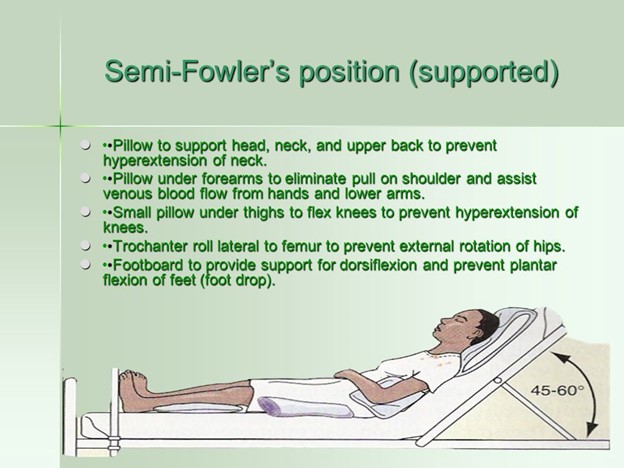A nurse is caring for a client who has a deep vein thrombosis and a prescription for heparin. For which of the following findings should the nurse withhold the medication and notify the provider?
INR 0.8, aPTT 85 seconds.
INR 2, aPTT 60 seconds.
The Correct Answer is B
Choice A rationale:
An INR (International Normalized Ratio) of 0.8 is within the normal range for someone not on anticoagulation therapy. The aPTT (activated partial thromboplastin time) of 85 seconds is prolonged, but it is not a reason to withhold heparin in itself. Therefore, the nurse should not withhold the medication for these values.
Choice B rationale:
An INR of 2 indicates the client's blood is taking twice as long to clot compared to the average, which can increase the risk of bleeding. The aPTT of 60 seconds is within the normal range. However, the elevated INR suggests the client might be overly anticoagulated, so the nurse should withhold the medication and notify the provider.
Nursing Test Bank
Naxlex Comprehensive Predictor Exams
Related Questions
Correct Answer is B
Explanation
Choice A rationale:
Papilledema refers to swelling of the optic disc in the eye, which can occur due to increased intracranial pressure. While it may be present in cases of basilar skull fracture, it is not a reliable finding for determining the discharge of cerebrospinal fluid (CSF).
Choice B rationale:
The halo sign is a reliable finding for determining that the nasal discharge is cerebrospinal fluid. The halo sign is characterized by a ring of blood surrounded by a clear or yellowish fluid (CSF) on a dressing or tissue. This occurs because blood from the fracture mixes with the clear CSF, creating a distinct appearance.
Choice C rationale:
Racoon's eyes, also known as periorbital ecchymosis, is a term used to describe bruising around the eyes. While it can be seen in basilar skull fractures, it is not specific to cerebrospinal fluid leakage and, therefore, not reliable for identifying the nasal discharge as CSF.
Choice D rationale:
Elevated white blood cells (WBCs) in the nasal discharge can indicate infection, inflammation, or an immune response. However, it does not provide direct evidence that the discharge is cerebrospinal fluid, so this is not a reliable finding for determining the nature of the nasal discharge in this context.
Correct Answer is A
Explanation
Choice A rationale:

The nurse should maintain the client in a semi-Fowler's position to promote comfort and reduce the risk of complications related to appendicitis. This position helps to decrease pressure on the abdomen and may alleviate pain by reducing tension on the abdominal muscles.
Choice B rationale:
Administering an enema 1 hour prior to surgery is not indicated for a client with appendicitis. Enemas are generally not recommended for clients with suspected or confirmed appendicitis as they can potentially worsen inflammation and cause perforation of the inflamed appendix.
Choice C rationale:
Applying a warm pack to the client's lower abdomen is contraindicated in appendicitis. Heat can exacerbate inflammation and should be avoided in such cases.
Choice D rationale:
Placing the client on a clear liquid diet is not appropriate for appendicitis. Clients with appendicitis are typically NPO (nothing by mouth) to avoid stimulating the gastrointestinal tract and reduce the risk of rupture if surgery is needed.
Whether you are a student looking to ace your exams or a practicing nurse seeking to enhance your expertise , our nursing education contents will empower you with the confidence and competence to make a difference in the lives of patients and become a respected leader in the healthcare field.
Visit Naxlex, invest in your future and unlock endless possibilities with our unparalleled nursing education contents today
Report Wrong Answer on the Current Question
Do you disagree with the answer? If yes, what is your expected answer? Explain.
Kindly be descriptive with the issue you are facing.
